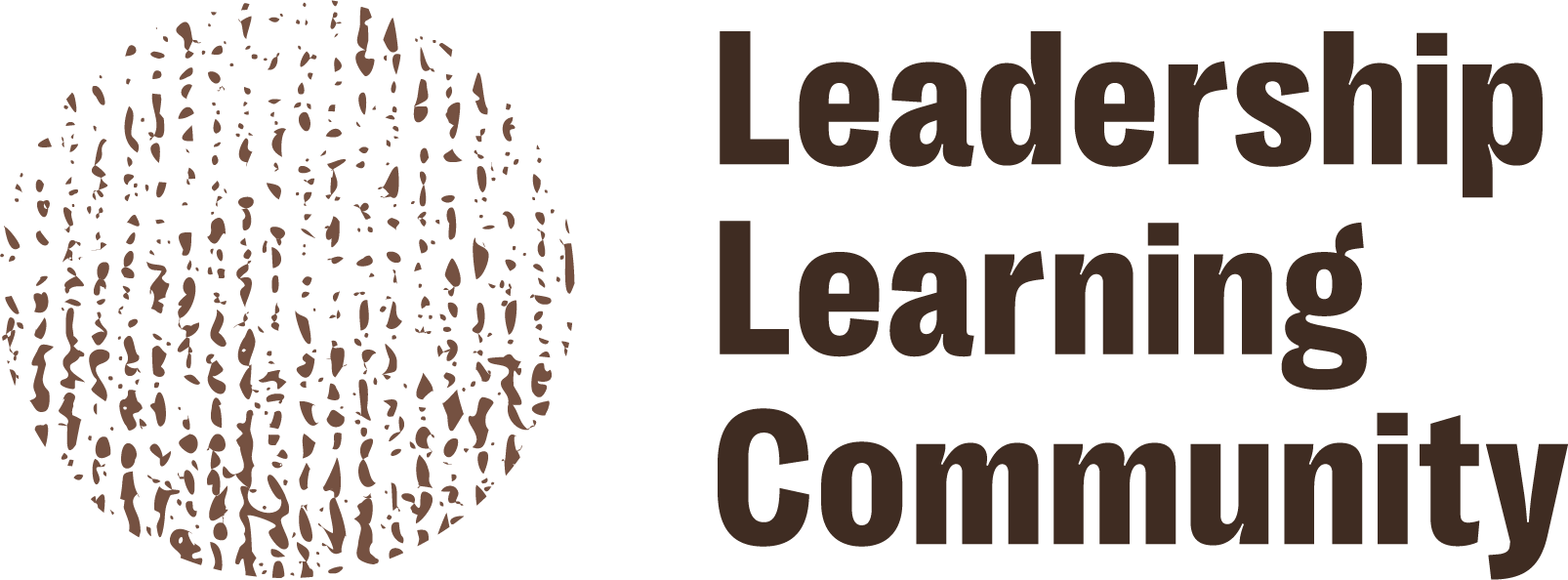While there are many ways one can describe liberation, in its simplest terms, liberation is the experience of wholeness, freedom, justice, and thriving. Liberatory leadership invites leaders to operationalize this vision, which necessitates an internal interrogation of how race, gender, and power interact with our work. As part of the Liberatory Leadership Partnership, we are exploring what supports and what gets in the way of living out these compelling visions and identifying promising practices that we can try on to right the balance.
In this inaugural liberatory leadership learning series, Ericka Stallings, Ananda Valenzuela, and Trish Adobea Tchume — three leaders committed to embodying and promoting liberatory leadership practice in their organizations and in the broader field — share reflections on what this approach looks like in practice, especially when things get hard.
At a supervision training a few years ago, I put the participants in three separate groups, with each group tackling the same scenario: you are supervising a poorly-performing staff member, Jaime, and need to decide what to do. Through a series of roleplays, where each group interacted with the exact same scenario, something amazing occurred: each of the three groups had radically different conclusions to their stories. One group fired Jaime. Another group supported Jaime intensively, only to find that other staff started quitting because they were demoralized by the preferential treatment shown towards Jaime. The third group felt the organizational structure was to blame and focused on fixing that, leaving Jaime and his coworkers to struggle along in the meantime.
Even though all three groups walked into the same situation, each group brought their own biases, lived experiences, and lenses to the table, and thus each group handled things quite differently. But a key throughline is that each group tended to take a side. They either blamed Jaime, or they saw Jaime as the victim.
It is hard to navigate a more complex both/and truth.
When things get hard, we have a habit of taking sides. Yet if we are to shift our sector in a more liberatory direction, we need to look at this seemingly straightforward situation of a poorly-performing staff member in a far more nuanced way. After all:
When you choose the person over the organization, you can cause harm. In well-meaning efforts to do right by individual staff, I’ve coached far too many supervisors through lengthy, painful performance improvement processes that drain the energy of the supervisor and the organization as a whole. Other staff are demoralized and stretched thin as they take on extra work from the one staff that’s not doing their part. Earnest efforts to believe the best of a low-performing staff member cause a ripple effect in the rest of the organization. That one variable in the system can trigger a cascade, where the work of multiple staff suffers or more staff choose to leave rather than continue to deal with the situation. Too much focus is put on that single staff member’s right to have every opportunity to succeed, at the cost of others’ well-being, and sometimes even at the cost of the purpose of the organization itself.
When you choose the organization over the person, you can cause harm. Thinking of an organization like a machine focuses us on measurable goals, inputs, rules, and processes. This can look like writing a rigid job description that isn’t based in reality, or making rules that get in the way of your staff getting things done well. I’ve succumbed to that overachiever mentality that focuses on results, pushing staff hard because that’s what it takes to properly serve our communities. Writing off staff who can’t easily achieve their goals can be easy — they’re just not “right” for their role. Believing that we cannot slow down to tend to people’s emotions, individual circumstances, or needs for support is rooted in white supremacy culture. We need workplaces that invest in ensuring we have space and resources outside of work to do deep healing of past trauma we carry with us, so that this trauma doesn’t show up in ways that cause harm to those around us. And we need workplaces that are flexible and responsive to different life circumstances, from family care responsibilities to mental health challenges, so that we don’t create barriers to success that privilege single, neurotypical adults.
We can do better than this. An insidious aspect of white supremacy culture is either/or thinking. You are forced to choose: Which one matters more, the person or the organization?
The question is a set-up. The answer is that both the person AND the organization matter more. If you find yourself choosing one over the other, there are some clear steps you can take:
1. Review job descriptions to ensure that your staff is set up for success, with the responsibilities lining up with the realities of the work that needs to be accomplished. Get clear on what skills are required for folks to already have when they start the job, versus skills that can be developed on the job, and make sure your new hires have those baseline required skills.
2. Ensure that everyone joining the organization is aligned with your purpose and values, and that there is shared agreement about what those values mean in action. Inviting folks into accountability can and should be done with love.
3. Take supervision seriously. If supervisors aren’t meeting regularly with supervisees, providing coaching, checking in on staff wellness, and giving timely, direct feedback, then your staff will naturally struggle. It is possible to engage in anti-racist supervision that truly invests in folks’ growth.
4. Check in on folks. If there’s a deep tension, it’s likely impacting many of your staff. Slow down and find time to understand the emotional impacts, and strategize together about better paths forward. Watch out for the wheel of disillusionment, where people stop trusting someone over something small and it snowballs instead of getting resolved at the source.
5. Assess whether the pendulum has swung too far towards either the individual or the organization, and strategize about ways to have a better balance. This is a constant dance of polarity management where you have to watch for overcorrection in one direction or another.
6. If you cannot find a way to balance the individual and the organization’s needs, then make the hard decision to terminate the employment relationship. You are responsible to the community you serve; one person’s needs cannot constantly be prioritized over your mission. Be transparent about why you’re making the decision, so that all staff understand why you chose the path you’re walking. And then step back and make a plan for what you’ll do proactively next time so that you aren’t caught in the same situation in the future.
When we imagine a future where we center liberatory leadership, a nourishing and equitable approach to working together, we can walk a path that looks different, one that cultivates both/and thinking instead of forcing us to take false sides. This future is possible now.
Written by Ananda Valenzuela. Be sure to read the other entries in this series: “When All Of Our Tools Are Weapons,” by Ericka Stallings, Co-Executive Director of the Leadership Learning Community, and “Three Lessons (so far) for Funding Liberatory Leadership“ by Trish Adobea Tchume, Director of Liberatory Leadership Practice at the Robert Sterling Clark Foundation.
Ananda Valenzuela is Capacity-Building Strategist at RVC, co-founder of the BIPOC Executive Director Coalition of Washington, co-chair of the board of Change Elemental, and member of the board of Hampshire College. Their work centers on organizational development, with a particular focus on equitable self-management and liberatory practices.
Related Posts
July 21, 2025
The opposite of anxiety is trust.
June 21, 2025




